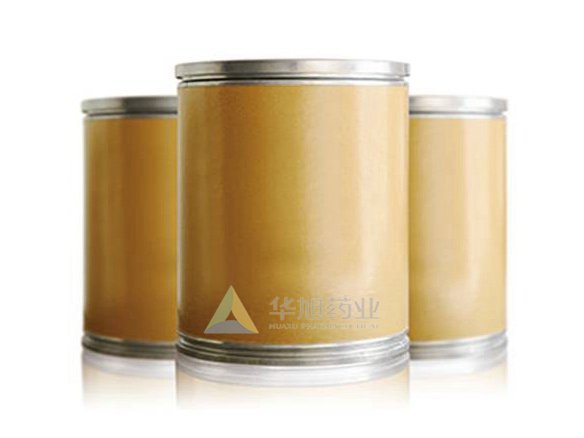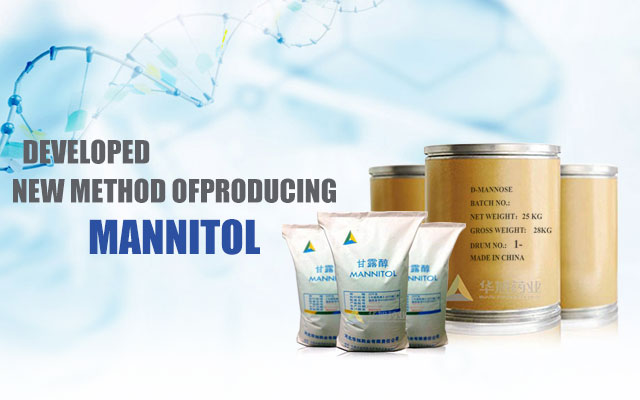Search
Tel: 0086-311-89105105/6/7/8 0086-311-89105199
Fax:0086-311-89105200
E-mail:Rongjj818@126.com mannose@hotmail.com
Add: No.33 industrial street,Econimic development zone,Shijiazhuang city,Hebei
Click on the classification tree
What are lactulose (food grade) uses for
Classification:
lactulose ( food grade)
2022/05/10
[Abstract]:
Lactulose (food grade) is used in industry and can be added to fresh milk and beverages. Lactulose (food grade) is a multiplication factor of probiotic Bifidobacterium, which can absorb protein, lactose and produce B vitamins.

1. It can be used in milk powder, the usage amount is 15g/kg; in biscuits, the usage amount is 2.0g/kg; in beverages (liquid, solid) and fresh milk, the usage amount is 1.5g/kg (the above are all dried with isomerized lactose). substance meter).
2. Indirect agents. Lactulose (food grade) can be added to fresh milk and beverages.
Sweetness is a complex physical, chemical and physiological process by which sweetener molecules stimulate taste buds. The level of sweetness is called sweetness, which is an important indicator of sweeteners. Sweetness cannot be quantitatively determined by physical and chemical methods, and can only be judged by the senses of people's taste. In order to compare the sweetness of sweeteners, sucrose is generally selected as the standard, and the sweetness of other sweeteners is the relative sweetness obtained by comparing with it. The manufacturer of lactulose (food grade) tells you that there are two ways to measure relative sweetness: one is to mix the sweetener into a low concentration where the sweetness can be felt, called the limiting concentration method; the other is to mix the sweetener It is prepared into a solution with the same concentration as sucrose, and then the sweetness of the sweetener is compared with the sucrose solution as a standard, which is called the relative sweetness method.



